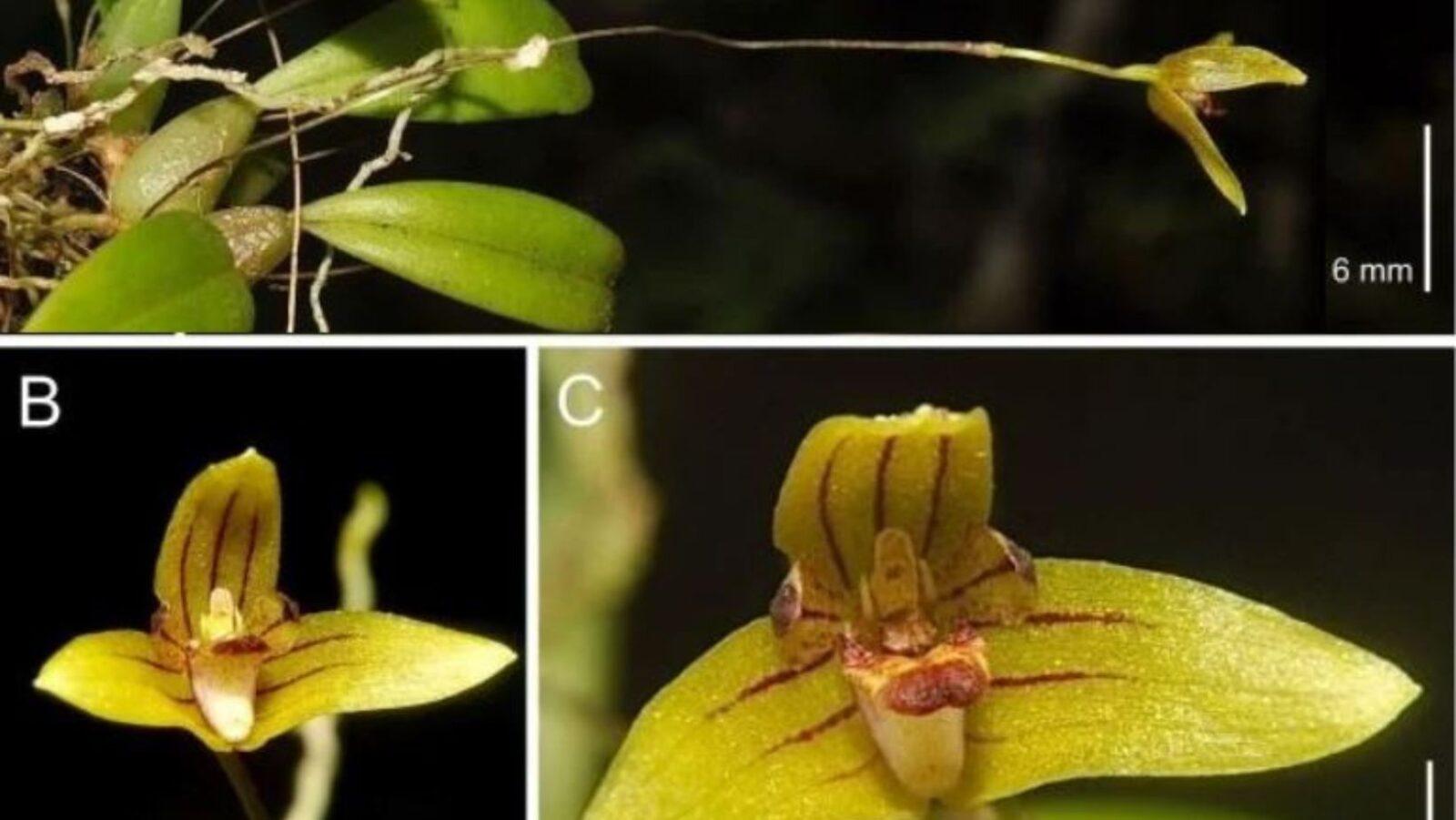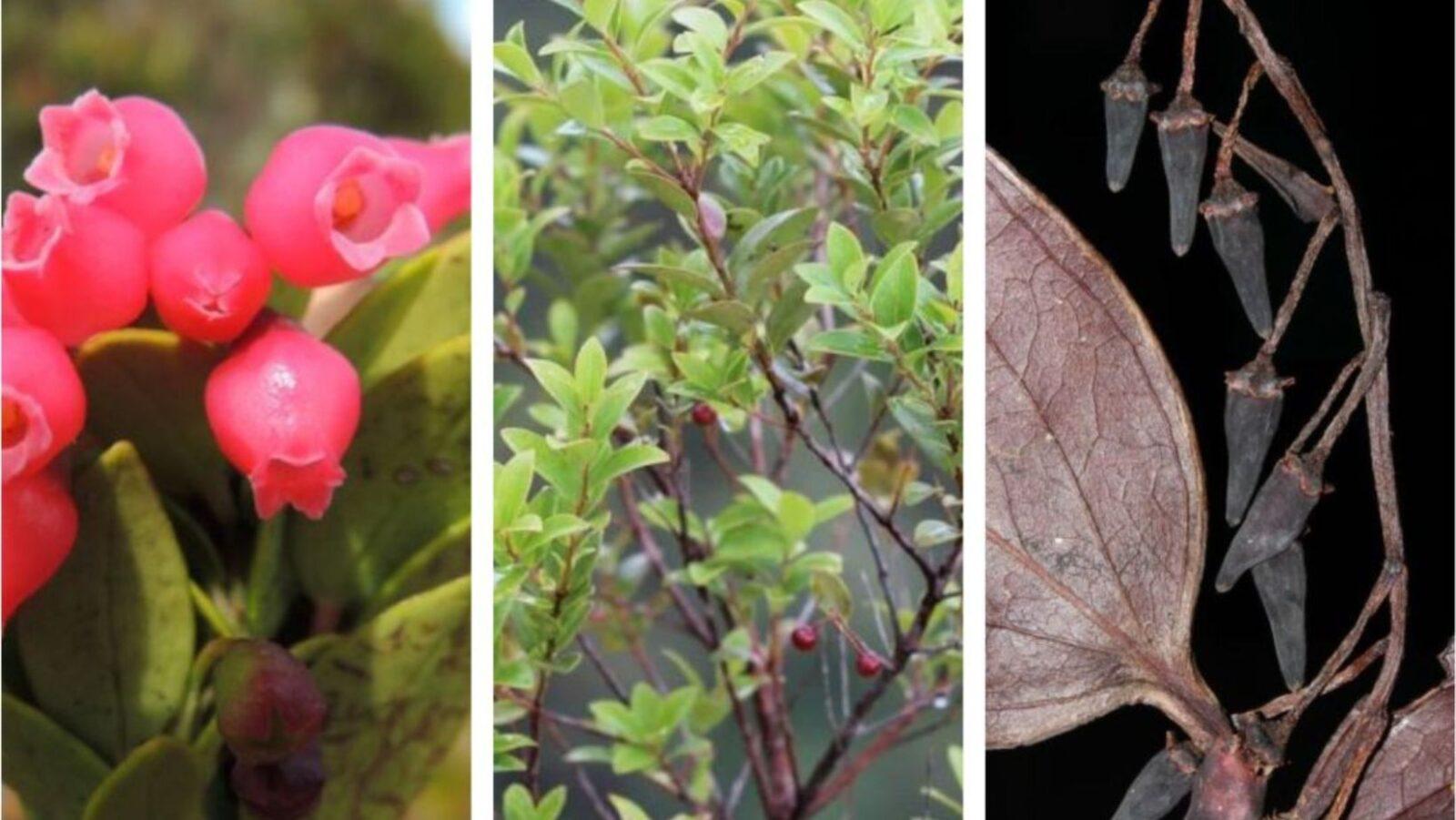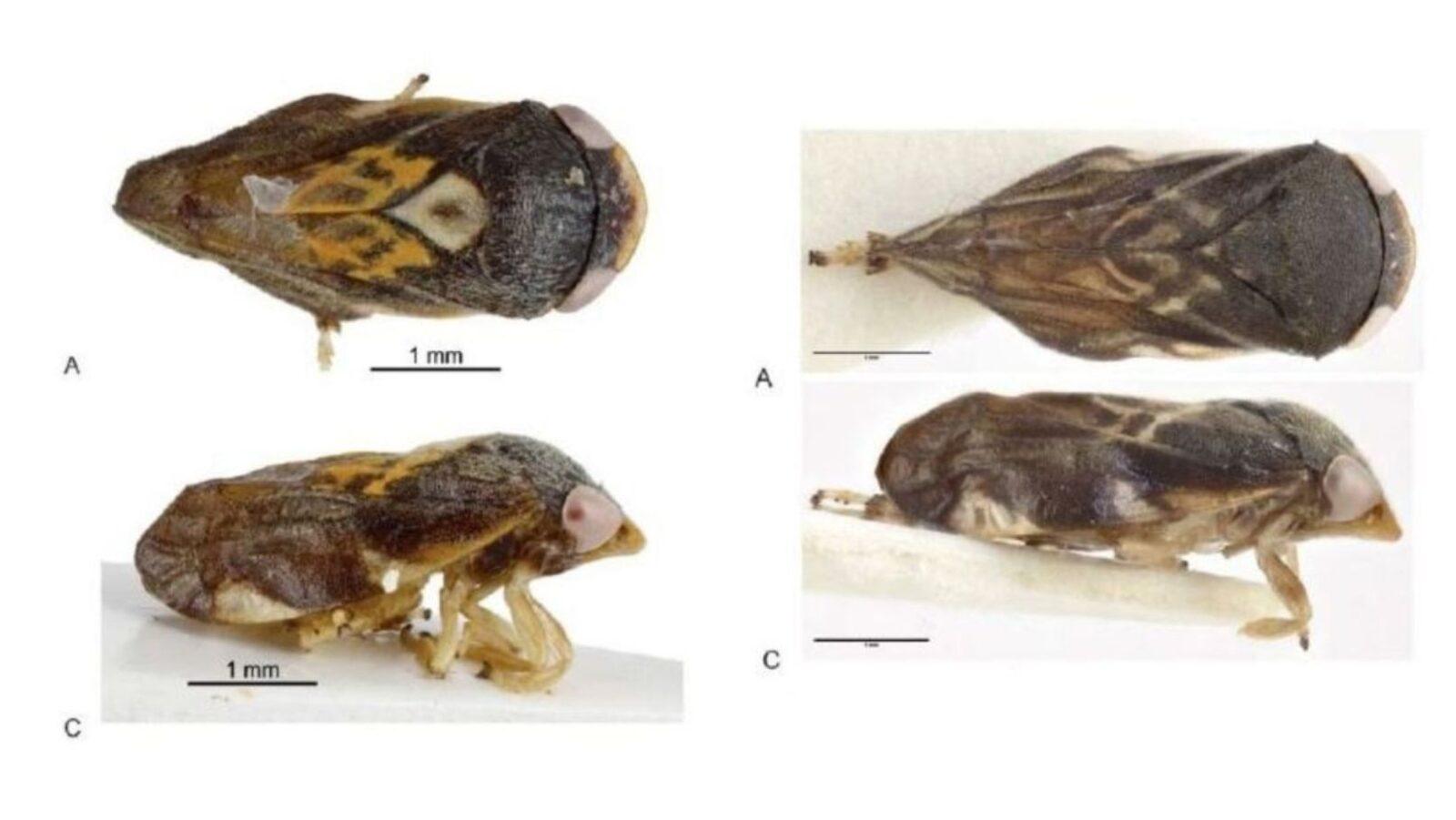
By Dr. Theresa Mundita S. Lim
(Press release) On March 3, we join the global annual observance of World Wildlife Day with the theme, “Connecting People and Planet: Exploring Digital Innovation in Wildlife Conservation.”
The use of digital technology has been pivotal in the growth of economies across the ASEAN region. Moreso, it has revolutionized approaches to protect and conserve the diverse wild species in Southeast Asia. The ASEAN Centre for Biodiversity (ACB), through its various flagship programs and initiatives, has made possible the assessment and monitoring of wild flora and fauna and their habitats through various technological innovations.
Across the ASEAN Member States (AMS), young biodiversity champions help to effectively conserve and safeguard our fragile wildlife and their habitats by combining their innate creativity and technological know-how. They document wildlife using cameras, camera lenses, and drones, while park managers assist them in taking photos using camera traps. The ACB’s Small Grants Programme helped develop technologies and management tools to support wildlife monitoring in some ASEAN Heritage Parks in Indonesia. In Myanmar, a platform was also created, which can be accessed through their mobile phones or gadgets to aid in wildlife monitoring, patrolling, and law enforcement. The ACB also conducted training programs on DNA barcoding designed to provide an in-depth examination of species useful for conservation planning and research. The wealth of biodiversity data gathered through these modern technologies should then be made easily accessible to the public.
To this end, the ACB’s main digital platforms, ASEAN Clearing-House Mechanism and the ASEAN Biodiversity Dashboard, are online tools and databases which guide the AMS in their national and local conservation planning, monitoring, and decision-making. These online platforms contain biodiversity data that are easily accessible to researchers, scientists, students, likeminded organizations, and other online users.
The ACB likewise utilizes digital campaigns for a region-wide public awareness on biodiversity. The #WeAreASEANBiodiversity: Our home, our lives, our stories featured on the ACB website is a strategic communication campaign to promote an inclusive, whole-of-community approach to biodiversity actions, and encourage a wide range of contributions from individual actions to regional cooperation. Prominent personalities in the ASEAN have volunteered to share their voices in this campaign to amplify the call for an integrated and whole-of-community approach including the use of digital media in biodiversity protection among wider local, regional, and national audiences.
Publications such as the ASEAN Biodiversity Outlook, project briefs, or technical reports (both online and in print) now contain QR codes so that readers and website visitors may easily access and download them wherever they are in the world.
New discoveries, exciting developments
Despite centuries of taxonomic research, only less than two million species of animals, plants, and microbes were known to science, with more than 30 million species yet to be discovered.
In the ASEAN region, almost 700 species were discovered from 2000 to early 2024 alone, which include 28 herps (snakes, lizards, and frogs) and 348 insects (16 butterflies, 322 beetles, and 10 ants).
In the Philippines, for example, many new plant and animal species were discovered in Mindanao in 2023. A new species of begonia (Begonia fritschiana) was found growing abundantly on rocky hillsides in Bukidnon. A new orchid species (Pinalia campanulata) was discovered in the Mount Busa Key Biodiversity Area (KBA) in South Cotabato. In Davao Oriental, the first helmet orchid species, Corybas hamiguitanensis, was discovered at the Mount Hamiguitan Range Wildlife Sanctuary, an ASEAN Heritage Park and a UNESCO World Heritage Site. Moreover, the newest species of turtle in the world was found in Davao City. Gymnures (Podogymnura intermedia and P. minima), known as hairy hedgehogs or moonrats, were discovered during a field survey in northern Mindanao, a new record for the area.
New species were also discovered across ASEAN. Hipposideros kingstonae, a new species of leaf-nosed bat, was discovered in peninsular Thailand and Malaysia, while other specimens have been identified in collections from Borneo. Additionally, a new species of crocodile (Tylototriton ngoclinhensis) was found in Vietnam. A diminutive new species of palm (Pinanga subterranea) was likewise discovered growing on forest floors throughout Borneo, and in Thailand, a new species of electric blue tarantula (Chilobrachys natanicharum) was found in mangroves. Other new discoveries include the following: a “semi-slug” species (Microparmarion sallehi) discovered in the lowland rainforests in northern Borneo; a water snake (Hypsiscopus indonesiensis) described as “flat-tailed water snake” found in Indonesia; and the Ayeyarwady pit viper (Trimeresurus ayeyarwadyensis) named after the Ayeyarwady River, which was discovered in Myanmar using modern genomic techniques.
Continued species discovery, identification, and documentation will yield many benefits for humanity, including improved comprehension of the natural world, genetic material that could lead to medical advancements, and improvements in food security, poverty reduction, and climate resilience. Digital innovation and technology may be the gamechangers that we need to further uncover and safeguard the incredible diversity of the Earth’s web of life.—MF
About the Author: Dr. Theresa Mundita S. Lim is the executive director of the ASEAN Centre for Biodiversity (ACB). A veterinarian and wildlife management expert, she was the director of the Biodiversity Management Bureau of the Department of Environment and Natural Resources of the Philippines prior to joining the ACB. She also chaired the United Nations Convention on Biological Diversity’s Subsidiary Body on Scientific, Technical, and Technological Advice (SBSTTA) from 2017 to 2018. To know more about the ACB, visit www.aseanbiodiversity.org.









